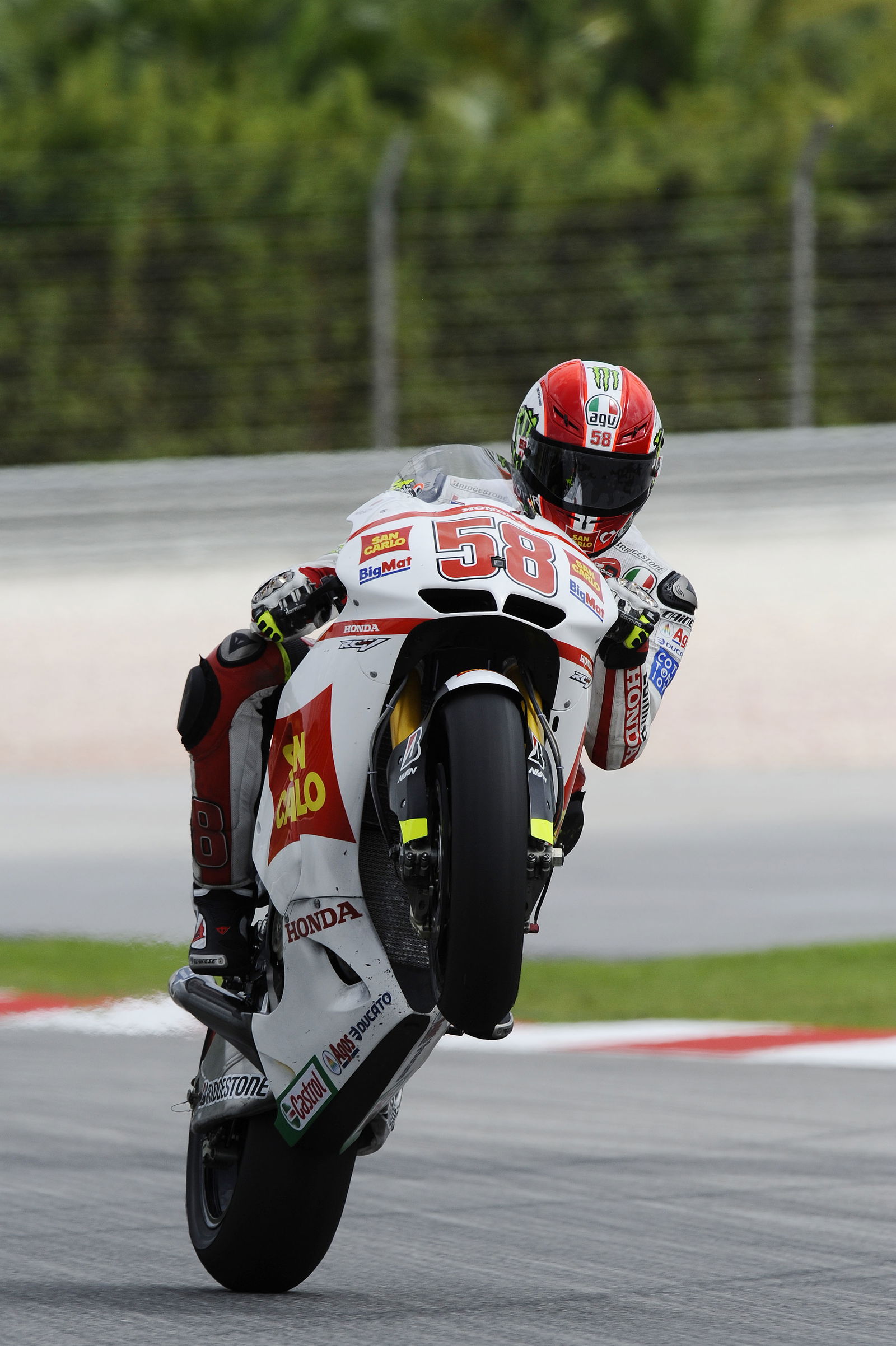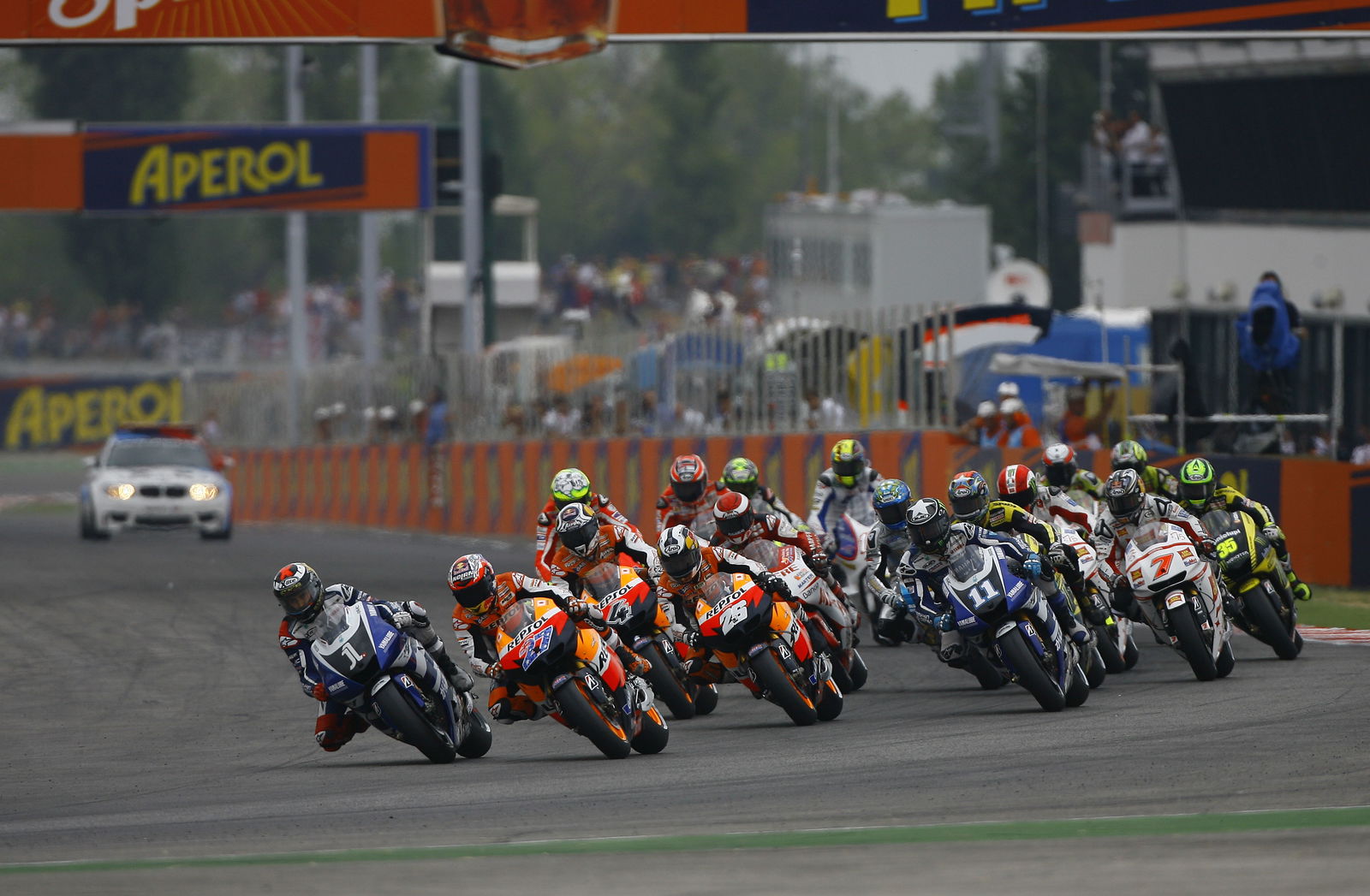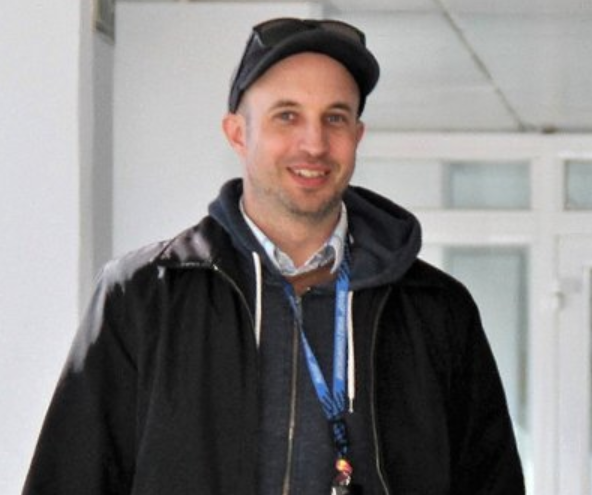MotoGP flashback: First season of 800cc
After five years of 800cc racing, MotoGP engine capacity will increase back up to 1000cc this season.
Here's a look at how each manufacturer reacted to the previous capacity change, from 990cc to 800cc, for 2007...
Ducati:
Ducati, which had switched back to a 'screamer' engine design for 2007, stunned its rivals with a massive top-speed advantage at the start of the season.

After five years of 800cc racing, MotoGP engine capacity will increase back up to 1000cc this season.
Here's a look at how each manufacturer reacted to the previous capacity change, from 990cc to 800cc, for 2007...
Ducati:
Ducati, which had switched back to a 'screamer' engine design for 2007, stunned its rivals with a massive top-speed advantage at the start of the season.
The four Ducatis led the speed charts at round one (Qatar) with the next best bike, the Honda of Dani Pedrosa, 7km/h from the top. The fastest Yamaha was just 13th and some 15km/h down on Casey Stoner's Ducati!
Stoner went on to claim his and Ducati's first MotoGP title, winning ten races in the process. However the next best Ducati rider, team-mate Loris Capirossi, was only seventh in the championship. Capirossi's Motegi win was to be the only non-Stoner Desmosedici victory of the 800cc era.
Stoner's title victory was also the first for tyre manufacturer Bridgestone, with Michelin being beaten for the first time in 500cc/MotoGP since 1991. Ducati had switched to Bridgestone in 2005.
Yamaha:
Although Valentino Rossi and Yamaha won four races, they spent much of the season battling engine and tyre issues.
A pneumatic-valve version of the M1, aimed at closing the performance gap to Ducati, failed on its race debut with Rossi at Misano, while continued chatter problems prompted the Italian to split from Michelin at the end of the season.
Rossi lost second in the championship to Dani Pedrosa when his engine failed at the Valencia finale. It was an especially bitter blow since Rossi was riding with fractures in his hand to try and claim the single point needed to secure the runner-up spot - and was back on the 'normal' spring-valve engine.
Honda:
Honda, equally caught out by Ducati at the start of the year, pushed hard to catch-up but was forced to wait until round ten for its first win with the RC212V, at the hands of Pedrosa in Germany.
Pedrosa won again at the Valencia finale to steal a surprise second in the championship and, in a sign of how much ground HRC recovered, Pedrosa also set the fastest top speed ahead of the factory Ducatis.
However team-mate and reigning (990cc) world champion Nicky Hayden rarely looked comfortable on the compact RC212V and slipped to eighth in the championship, with three podiums.
Gresini's Marco Melandri, who also claimed three podiums, was the second best Honda rider after Pedrosa, finishing fifth in the championship.
Suzuki:
Suzuki enjoyed its best season of the four-stroke MotoGP era, claiming what would be its only 800cc race win with Chris Vermeulen in the wet at Le Mans, while team-mate John Hopkins scored four podiums on his way to a GSV-R best of fourth in the championship.
Kawasaki:
Despite losing lead rider Shinya Nakano to Honda and splitting from team manager Harald Eckl, Kawasaki's first 800cc machine showed better than predicted form in the hands of Randy de Puniet. The Frenchman took two front-row starts and then a first MotoGP podium at Motegi. It was the ZX-RR's fourth, and final, grand prix rostrum.
KR212V:
The combination of a Team Roberts chassis and Honda engine resulted in two podiums and sixth in the 2006 championship for Kenny Roberts Jr. However the less competitive 2007 engine saw Jr score just four points from seven races and he handed the machine to brother Kurtis from Donington Park onwards. Kurtis scored ten points during the remainder of what was to be the final season Team Roberts.
Ilmor:
The Ilmor team, headed by Formula 1 engine guru Mario Illien, had made its MotoGP debut at the tail end of 2006, but withdrew after the opening round of the 2007 season, citing a lack of sponsorship. Andrew Pitt and Jeremy McWilliams were to be the team's riders.


